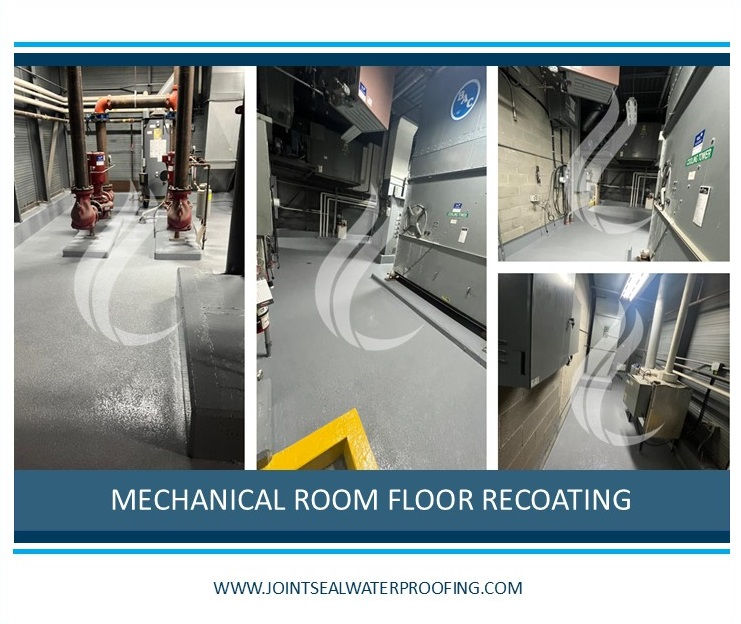Ensuring Durability and Safety: Floor Coating at a Food-Processing Plant
- Nataliya Muriy

- May 22, 2024
- 2 min read
Since December 2021, our team has carried out a range of concrete repair and waterproofing projects at a food-processing plant in Etobicoke, consistently delivering high-quality durable solutions. Our latest project with this repeat client involved a comprehensive floor coating application, enhancing the facility's durability and hygiene. The project included crack repair, concrete patching, and the application of an antibacterial cementitious urethane coating, tailored to meet the rigorous demands of a food-processing environment.
Crack Repair Process
To ensure the longevity and integrity of the floor, we began with the crack repair process. This involved opening up the cracks to remove any loose or compromised material, ensuring a clean surface for optimal adhesion. We then coated the exposed areas with an industrial-strength adhesive, specifically designed to bond with the existing concrete. The final step involved filling the cracks with a specialised crack filler, providing a seamless and durable repair that prevents further deterioration and ensures a smooth surface for subsequent treatments.
Concrete Patching
Next, we addressed any areas requiring concrete patching. This process started with grinding the damaged sections to remove loose material and create a suitable surface for adhesion. We then applied a high-performance adhesive to the prepared area, ensuring a strong bond between the existing concrete and the new material. Patches were then installed, blending seamlessly with the surrounding floor to restore its structural integrity and prepare it for the final coating application.
Membrane Installation
The coating process began with slight surface grinding to ensure the floor was perfectly prepared for the new layer. We then applied the first layer of antibacterial cementitious urethane coating. To enhance safety and functionality, we broadcast non-slip aggregates onto this initial layer, providing additional texture and grip. After allowing the first layer to set, we applied a second layer of coating, encapsulating the aggregates and creating a robust, hygienic, and non-slip surface ideal for the food-processing environment.
Benefits of Antibacterial Cementitious Urethane
Using antibacterial cementitious urethane in food-processing plants offers numerous benefits. This advanced material provides exceptional durability and resistance to harsh cleaning chemicals, hot water washes, and heavy foot and equipment traffic. Its antibacterial properties are crucial in maintaining a hygienic environment, preventing the growth of harmful bacteria and ensuring compliance with stringent food safety regulations. Additionally, the non-slip surface significantly reduces the risk of accidents, making it a safer choice for busy processing areas. Overall, antibacterial cementitious urethane is a superior solution for maintaining the highest standards of cleanliness and safety in food-processing facilities.
Learn more about our concrete surface repair solutions by vising this page: https://www.jointsealwaterproofing.com/concrete-surface





Comments